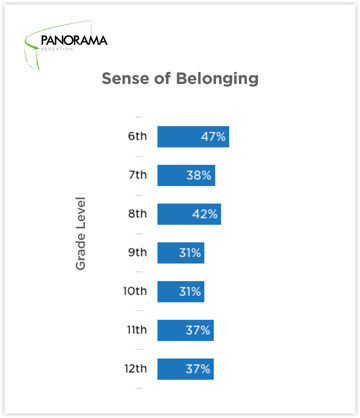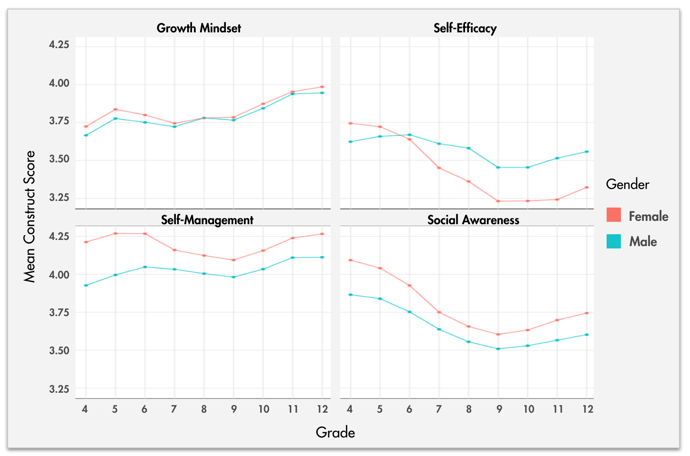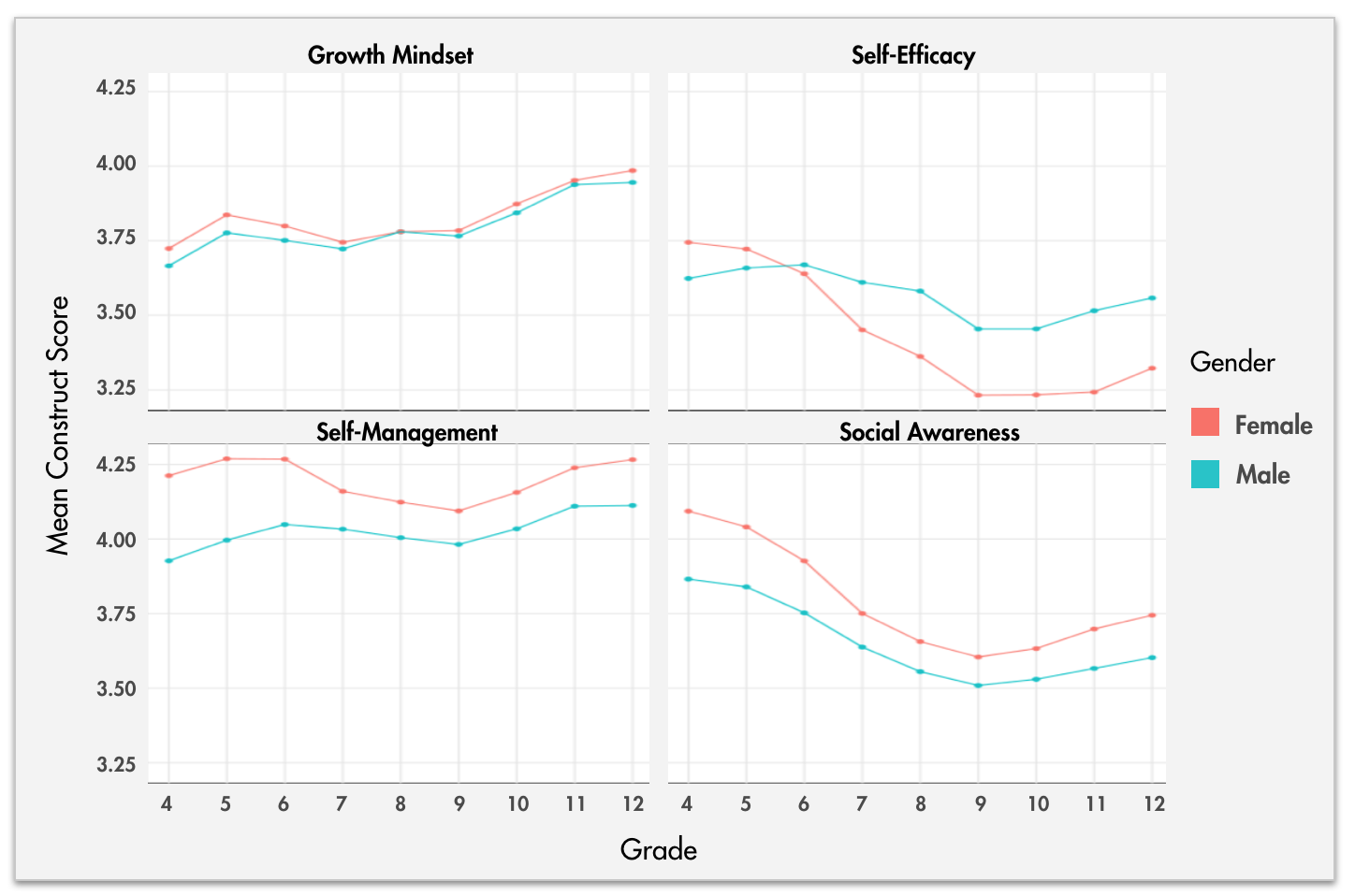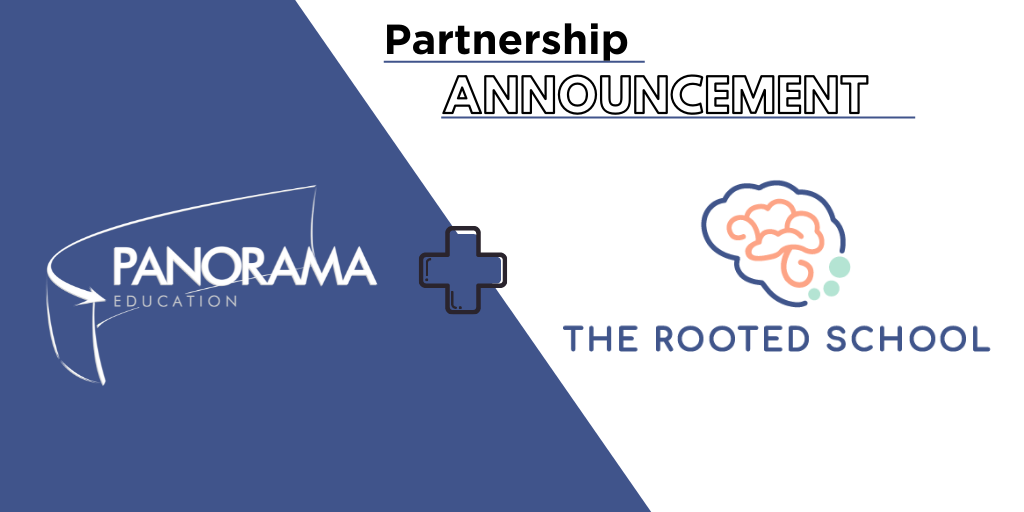Earlier this year, I was sitting with a district administrator who said something that caught my attention:
“I know where we have achievement gaps in our district, but my gut is telling me we also have experience gaps.”
I asked her what she meant. “I’m positive that our students of different backgrounds have very different experiences when they walk into our schools. And it’s our job to figure out where those gaps exist and how we can close them.”
For years, education leaders and policy makers have focused on the achievement gap. Disparities in test scores and academic performance between students of color and white students—or English Language Learners and native speakers, along with disparities between many other student groups—have persisted for decades.
While some districts have succeeded and others have struggled to eliminate achievement gaps, it’s worth considering how “experience gaps” play out in schools. We know that students from low socioeconomic or minority backgrounds often lack access to the same extracurricular opportunities that students from affluent backgrounds may receive—from piano lessons and math tutors, to summer camps and travel soccer leagues.
Yet research shows that factors in school like student engagement, school climate, and life skills play a major role in students’ success, too. A student’s educational experience goes well beyond academic achievement, and we need better ways to assess and address these experiences.
Measuring and understanding differences in students’ experiences
At Panorama Education, we have a unique perspective on experience gaps. We work with hundreds of districts across the country to help educators understand and analyze survey data from millions of students, teachers, and family members each year.
School leaders can use these quantitative data to identify gaps, reallocate resource, and implement improvements for their stakeholders. Here’s how three school districts are addressing these gaps as tenaciously as they approach equity in academic achievement.
Everett Public Schools (Wash.): Addressing students’ sense of belonging during transition years
Think of a student’s overall educational experience as a series of unique experiences as she transitions from one grade level to the next. A student moves through each grade until one day she walks across a stage with a high school diploma in hand.
At Everett Public Schools, school leaders have been examining how students' sense of belonging changes by grade level. Over the last decade, Everett has increased its on-time graduation rates from less than 60% to over 90% in many of its high schools. The district has been recognized nationally for increasing its graduation rates to some of the highest in Washington state.
During a recent webinar, Catherine Matthews (director of assessment and research) emphasized the importance of understanding students’ unique experiences when reflecting on data from the district’s Panorama Life Skills Survey.
 Administrators in Everett Public Schools (Wash.) use data about students’ perceptions of their well-being in school. The percentage of students that respond with favorable views of their Sense of Belonging decreases noticeably between eighth and ninth grade.
Administrators in Everett Public Schools (Wash.) use data about students’ perceptions of their well-being in school. The percentage of students that respond with favorable views of their Sense of Belonging decreases noticeably between eighth and ninth grade.
District leaders identified Sense of Belonging as a key domain for addressing students’ social connection to their teachers and peers. Overall, only 37% of students responded favorably to questions about how much they belong and feel connected to others. 
The data becomes even more interesting when you compare the experiences of students in different grade levels. For instance, eighth and ninth graders show a difference of 11 percentage points as students enter high school.
“We need to understand what is happening between eighth and ninth grade,” says Dr. Matthews. “We clearly need to have interventions at ninth grade that will make a difference for students because we know that these are the constructs that will help us to make a difference in students' lives and their learning.”
Administrators in Everett use data about students’ perceptions of their well-being in school. The percentage of students that respond with favorable views of their Sense of Belonging decreases noticeably between eighth and ninth grade.
This year, Everett Public Schools has adopted new goals in its board-approved strategic plan to support each student’s life and wellness skills. The district recently started using Panorama Student Success as an early warning indicator system for several schools, and will continue to measure students’ experiences in life and wellness skills learning. By shifting their focus from “all students” to “each student,” leaders in Everett Public Schools hope to realize a 100% graduation rate across the district.
Learn more about Everett Public School’s life skills learning progress in our fact sheet.
Fresno Unified School District (Calif.): Supporting girls so they feel empowered to achieve
Fresno Unified School District measures and reports on key indicators about life skills learning and school climate across its 106 schools. The district’s support for these domains is seen as mission-critical by its leaders. The district serves over 74,000 students in California’s Central Valley, and the city is one of the nation’s most highly concentrated areas for poverty.
When the district’s research team analyzed its students’ scores on their annual life skills learning surveys, they were stunned by the results.
 Fresno Unified School District monitors changes in boys and girls perceptions of their life learning skills across different grade levels. The district noticed that girls’ perceptions of their Self-Efficacy decline sharply starting in middle school compared to boys, a gap they are now working to close.
Fresno Unified School District monitors changes in boys and girls perceptions of their life learning skills across different grade levels. The district noticed that girls’ perceptions of their Self-Efficacy decline sharply starting in middle school compared to boys, a gap they are now working to close.They found that Growth Mindset scores for both boys and girls tend to track upward across grade levels, Self-Management scores remain relatively high for both genders, and Social Awareness tracks downward for both. However, students’ scores in Self-Efficacy, which describe how much students believe they can achieve academically, reveal an interesting disparity. Starting in sixth grade, girls’ scores decline sharply compared to boys’ scores in Self-Efficacy, a trend that persists through high school.
To former Fresno Unified superintendent Michael Hanson, these figures were striking: “You could have heard a pin drop when this slide was presented. It really caused us to sit back and think about what is going on with our young women. There's now a whole bunch of work that we have to do that we probably wouldn't be thinking about doing.”
“You could have heard a pin drop when this slide was presented. It really caused us to sit back and think about what is going on with our young women.”
The district has added staff members to its counseling and school climate office, which provide services to students and professional learning to adults. Fresno Unified has also leveraged “climate and culture teams” at every school site, which work together to set goals and develop action plans that target these critical areas.
Principals and team members can log in to view Panorama’s data reports about life skills learning in order to provide transparency and contribute to a culture of shared ownership for improving these areas.
Making experiences matter
Today, educators have access to more sources of data about students’ academic achievement than ever before. Yet to combat experience gaps, we need to collect and monitor more than just academic data.
By monitoring key factors like life skills learning and school climate, we can better equip educators with the insights they need to support students’ learning experiences.
If we hope to close achievement gaps in the years ahead, first we must ensure that students find equitable, enriching experiences when they walk into school each day.







